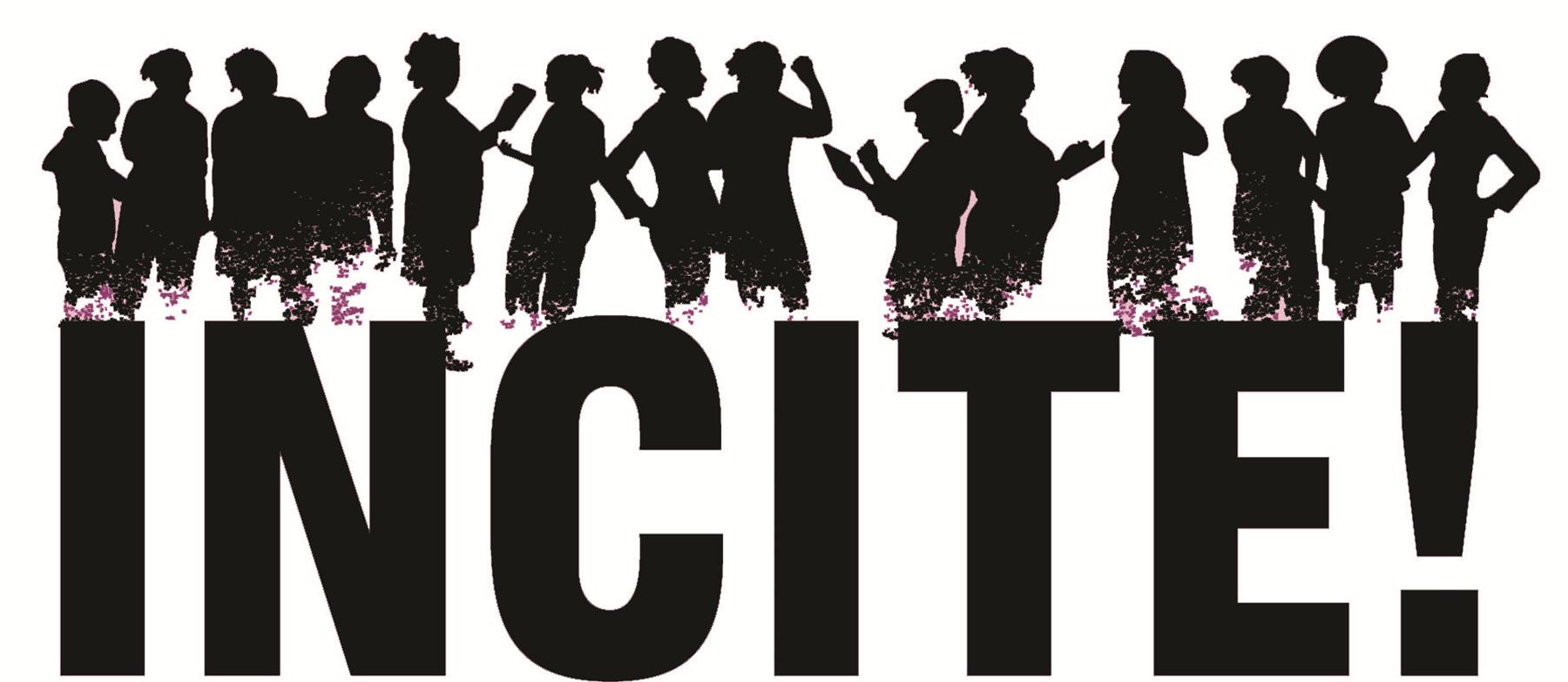 Black feminist anti-violence activist, professor at the University of Illinois at Chicago, and INCITE! co-founder, Beth E. Richie, released a powerful new book entitled Arrested Justice: Black Women, Violence, and America’s Prison Nation.
Black feminist anti-violence activist, professor at the University of Illinois at Chicago, and INCITE! co-founder, Beth E. Richie, released a powerful new book entitled Arrested Justice: Black Women, Violence, and America’s Prison Nation.
Girl Talk will host a discussion with Beth on Thursday, June 21st from 5:00 to 7:00 p.m at Depaul University Student Center, 2250 N. Sheffield Ave, Room 324, Chicago, IL.
Here is an excerpt from an interview with Beth at Salon.com about the relationship between dominant anti-domestic/sexual violence efforts and the “prison nation.”
You describe the U.S. as a “prison nation.” What do you mean by that?
The prison nation, which is a broader concept than the prison industrial complex, for me represents the combination of both incarceration in the literal sense – an influx of people into the criminal legal system in all of its apparatus: jails, prisons, detention centers, etc. … [It is an] increase in arrest and removal of people from their communities into facilities, but it also represents the ideological shift and policy changes that use criminalization and punishment as a response to a whole range of social problems. Not just crime, but also things like policing people who are on welfare, using the child protective services system to control families, the ways that schools have become militarized. So it’s a broad notion of using the arm of the law to control people, especially people who are disadvantaged and come from disadvantaged communities.
How does this affect violence against black women?
It’s kind of an interesting parallel and a convolution of things. Anti-violence work has been going on in this country for years and years, and many people see the early 1990s as the time when there were big shifts in public consciousness about the problem of violence against women, as well as changes in policies that really took the crime of violence against women – domestic violence, sexual assault, stalking, etc. – more seriously. So there were new laws, there were more sanctions, police were trained, domestic violence courts were opened up – there were a lot of policy changes that made the problem of violence against women a crime. And a lot of that harsh sanctioning of violence against women really grew out of, not feminist organizing to end the problem of violence against women, but a parallel criminalization of everything. The Violence Against Women Act really lined up right against the other crime bills that were passed primarily in the mid-1990s. So on the one hand, this is good news for anti-violence activists, in terms of criminalizing violence against women. But on the other hand, these crimes disproportionately impacted black communities, and so it was kind of a mixed result for African-American people. It created a schism, especially for African-American women, but also I think for African-American families and communities more generally, because we were taking position against mass incarceration at the same time that mass incarceration was being used as a tool to respond to the crime of violence against women.
This is an interesting development given the “everywoman” emphasis of the ’60s feminist anti-violence movement — which argued that all women, regardless of race and class, were vulnerable to domestic violence.
Yes. We began doing training to try to raise public consciousness and make public the private care of domestic and sexual violence, in particular, by saying: This is not an isolated problem, it can happen to any women; it’s not just an issue for poor families or families of color. So — regardless of your religion, your race or ethnicity, your income, what region of the country you live in, what age you were … it didn’t matter what you wore, it didn’t matter if you didn’t cook well – there was nothing demographically or behaviorally that would protect women from male violence. We used that as a kind of anchor to our analysis: It can happen to any woman. And I think we were successful, at least initially, in making sure that it wasn’t another stigmatizing problem that was associated with other social problems of poverty and racism, etc. And people heard us. There was an increase in general public consciousness, and in particular, there was an increase in attention to the problem of violence against women by power elites – by executive decision-makers at corporations, elected officials, presidents of universities.
And when power elites started paying attention to it, they took seriously what could happen to women in their social context and started designing services for and passing laws that would protect women in their social context. So it became ultimately paradoxically kind of a narrowing of an understanding of the problem. That white middle-class or wealthy heterosexual married women or women on elite college campuses were at risk of violence against women and the attention, the resources, the analysis, went toward protecting those women at the expense of women who didn’t fall into those more normative categories. So it became hard to understand how a prostitute could be raped, for example. Or how a woman who is a substance abuser could be battered in her household. It became a sense of victimization tied to a sympathetic image of who could be hurt and how terrible it was that those women were hurt, as opposed to the real everywoman that we were trying to argue for.
You can find the full interview here.

I just ordered this book recently. Can’t wait to find the time to get started on it.
Reblogged this on United Against Police Terror – San Diego.